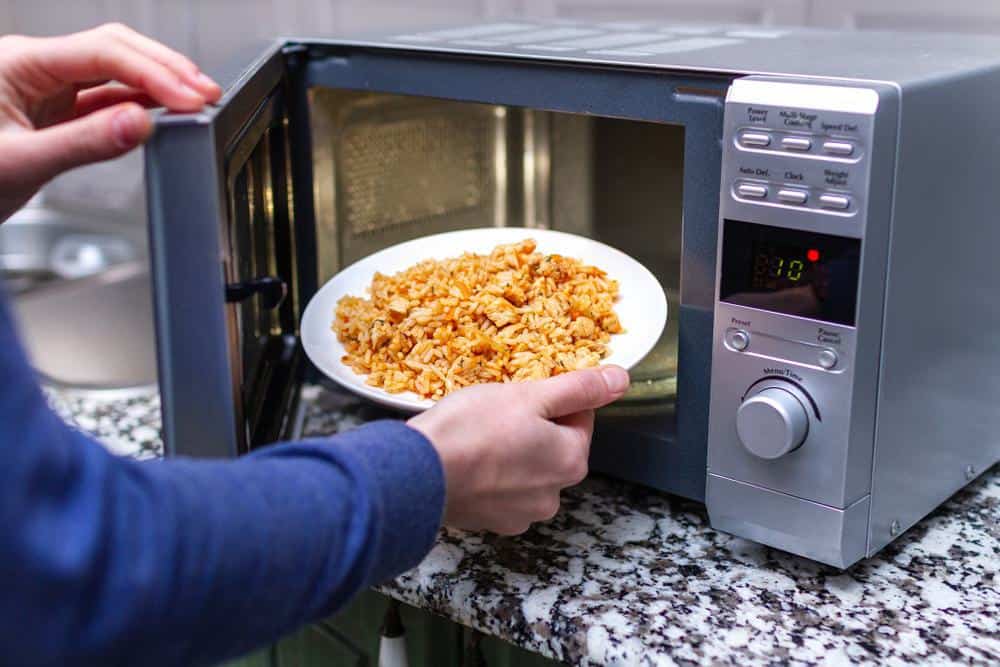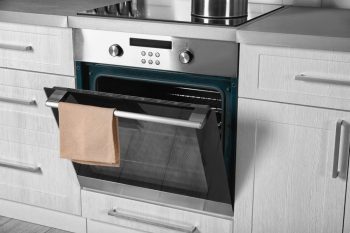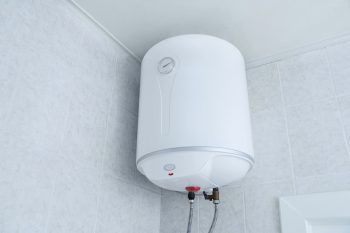
When planning a kitchen renovation or simply installing a new microwave, one question that often comes up is: “How wide is a microwave cabinet?” The answer to this question is not as straightforward as it seems. It depends on various factors, including the type and size of the microwave, the available kitchen space, and the dimensions of the cabinet. In this comprehensive guide, we’ll delve into these factors and more to help you make an informed decision.
The width of a microwave cabinet can vary depending on the type and size of the microwave, as well as the available kitchen space. Generally, countertop microwaves require cabinets that are 15 to 25 inches wide, over-the-range microwaves need around 30 inches, and built-in microwaves align with standard cabinet widths of 24, 27, or 30 inches. Always remember to consider ventilation space and the swing of the microwave door when measuring.
Understanding Microwave Types and Sizes
Microwaves come in different types, each with different standard dimensions. Let’s take a look at the general dimensions for different types of microwaves:
- Countertop Microwaves: These are the most common type of microwaves. Compact or small countertop microwaves typically range from 15 to 19 inches in width, while standard and large countertop microwaves have widths ranging from about 21 to 25 inches.
- Over-the-Range Microwaves: These microwaves are designed to be installed over your range or cooktop. The standard width for over-the-range microwaves is around 30 inches.
- Built-In Microwaves: Built-in microwaves are designed to be installed directly into pre-existing cabinetry, creating a clean, flush look. The widths of built-in microwaves align with standard cabinet widths, usually 24, 27, or 30 inches.
Remember, these are general dimensions, and specific models may have slightly different measurements.
Factors to Consider When Determining the Width of a Microwave Cabinet
When determining the width of a microwave cabinet, several factors should be considered:
- Microwave Dimensions: Measure the height, width, and depth of your microwave. The cabinet should be wide enough to accommodate the microwave and leave some space for ventilation.
- Kitchen Space: The available space in your kitchen will also determine the width of the microwave cabinet. If your kitchen is small, you might need to opt for a compact microwave and a narrower cabinet.
- Cabinet Dimensions: The dimensions of the cabinet, especially the width, should be considered. The cabinet should have sufficient depth to prevent the microwave from reaching its far end.
- Ventilation and Space Requirements: There should be enough distance between the microwave and the cabinet for ventilation and to accommodate other accessories like electrical outlets, cords, and hoods.
- Installation Requirements: If you’re installing an over-the-range or built-in microwave, the measurements of your existing microwave enclosure are more important than the measurements of your current appliance.
Common Mistakes to Avoid When Choosing a Microwave Cabinet Width
When choosing a microwave cabinet width, there are several common mistakes to avoid:
- Not Measuring Accurately: Always double-check your measurements.
- Ignoring Ventilation Space: Microwaves require proper ventilation.
- Not Considering Door Swing: Microwaves often have doors that swing out, so you need to ensure there’s enough space for the door to fully open.
- Overlooking Cabinet Depth: The depth of the cabinet where the microwave will be installed is crucial.
- Not Considering Microwave Type: The type of microwave will affect the dimensions and installation requirements.
- Ignoring Aesthetic and Functional Considerations: The microwave should not only fit within the cabinet but also look good and function well in its location.
- Not Considering Future Changes: If you’re planning to upgrade your kitchen appliances in the future, consider the dimensions of potential new appliances.
In conclusion, the width of a microwave cabinet plays a significant role in the functionality and accessibility of the microwave. It’s important to consider the dimensions of the microwave and the cabinet, as well as the kitchen’s overall design and specific accessibility needs, when choosing or designing a microwave cabinet. By avoiding common mistakes, you can ensure that your microwave fits well within your kitchen layout, operates efficiently, and contributes to the overall aesthetics of your kitchen.
Frequently Asked Questions
What is the standard depth for a microwave cabinet?
The standard depth for a microwave cabinet is usually around 12 to 18 inches. However, it can vary depending on the microwave’s size and type.
Do all microwaves require ventilation?
Yes, all microwaves require ventilation to function properly and avoid overheating. This is why it’s important to leave some space between the microwave and the cabinet for air circulation.
How much ventilation space should be left around a microwave?
Generally, it’s recommended to leave at least 2 inches of ventilation space on the sides and top of a microwave, and 1 inch at the rear.
Can I install a countertop microwave in a cabinet?
Yes, you can install a countertop microwave in a cabinet, but it’s crucial to ensure proper ventilation. You may also need to consider a microwave trim kit for a more integrated look.
How do I measure my current microwave for a new one?
To measure your current microwave, you’ll need to measure its height, width, and depth. Height is measured from the base to the top, width from left to right, and depth from front to back.
What is a microwave trim kit?
A microwave trim kit is a frame that allows your microwave to be built into cabinetry or a wall for a custom look. It also helps to provide proper ventilation for your microwave.












